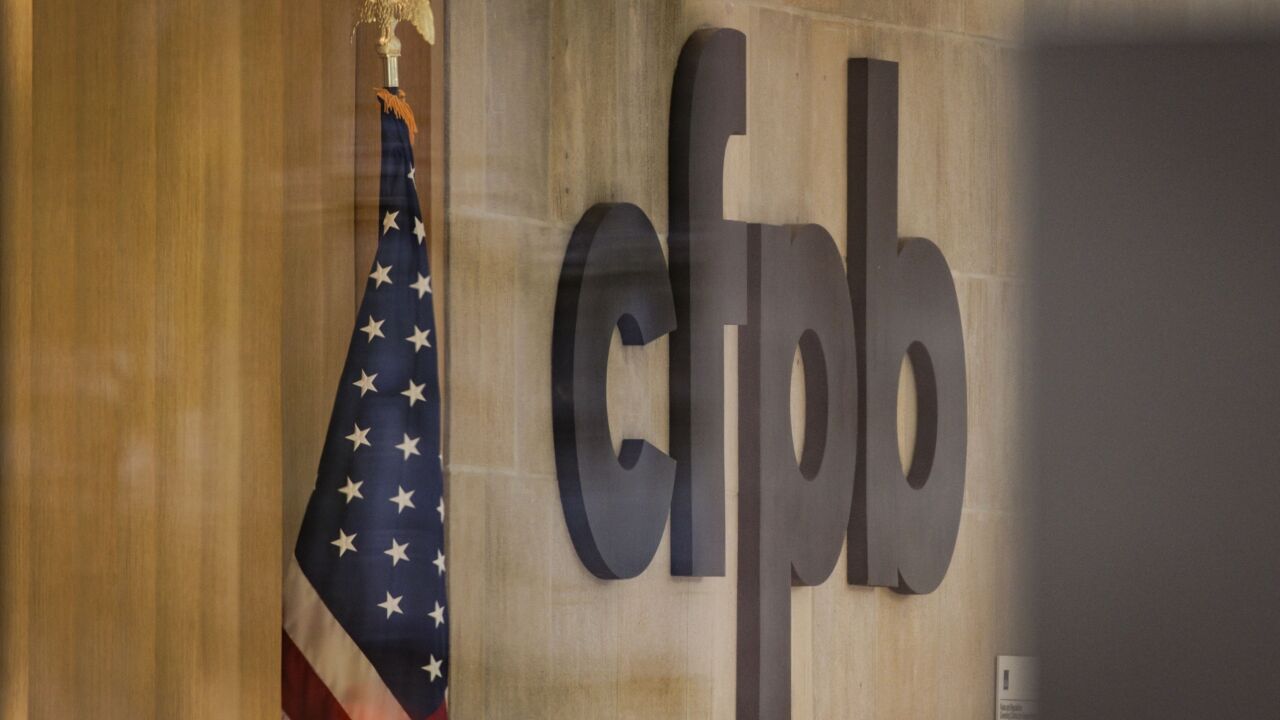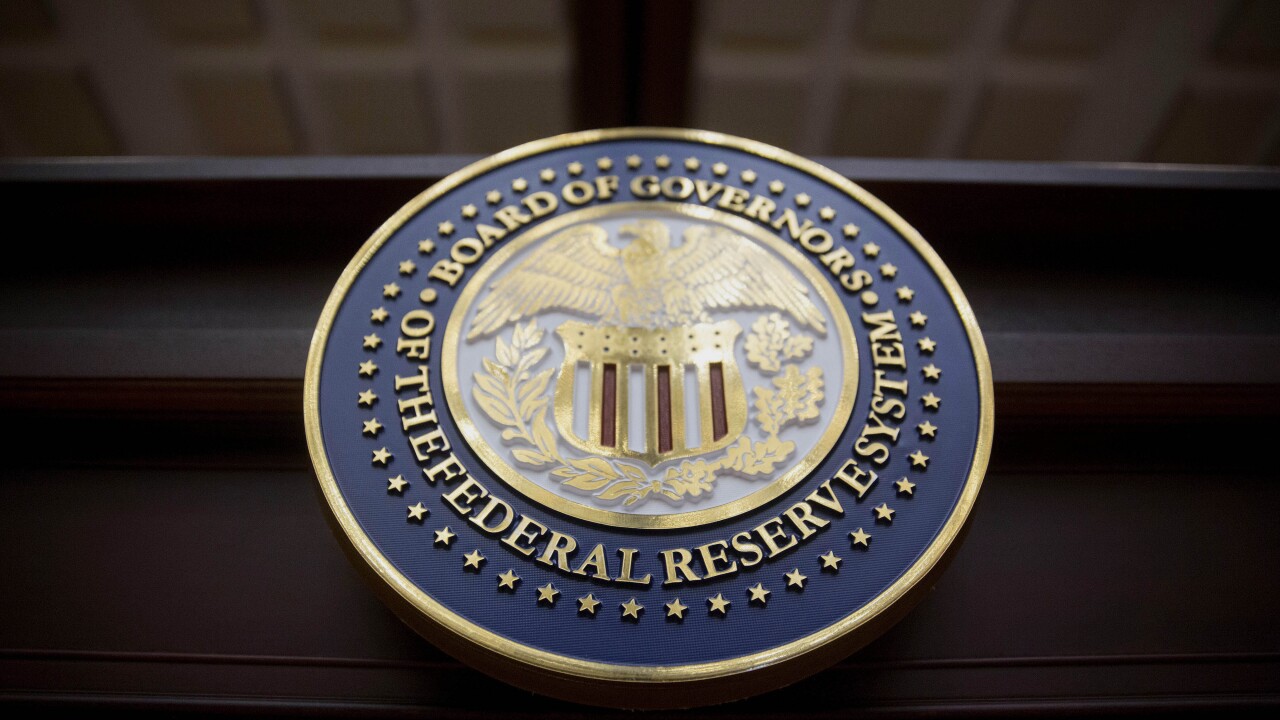Wells Fargo & Co. says that its test-drive of converting paper checks to electronic transactions at the credit card lockbox has been more successful than it anticipated, with customers accepting the fact that their paper checks were not coming back to them.
Now that its pilot involving 8% of retail credit card customers is complete, Wells Fargo says it plans to introduce the truncation service more broadly. Industry experts say Wells’ endorsement should prompt enormous volume increases in this new category of automated clearing house transactions, which is known as ARC, for accounts receivable conversion.
The San Francisco company said the conversions reduced check float considerably, cut transaction costs, and improved fraud detection. At the same time, it was able to truncate a higher percentage of checks than executives had predicted, with a lower rate of administrative returns and far fewer customer calls than expected.
“They set the hurdles pretty high, and they exceeded them all,” said Keith K. Theisen, the senior vice president in treasury management at Wells Fargo Bank who worked with the Wells Fargo Card Services unit on the pilot. “We’ve made a big commitment to check conversion in ARC and the retail lockbox. The results have exceeded even our expectations.”
The pilot ran from mid-April through August and involved 330,000 credit card customers, representing 150,000 payments a month. The bank was so pleased with the results that it aims to truncate the checks of as many of its credit card customers as it can — business credit card customers are ineligible, and retail customers can opt out — and then to add truncation to other business lines.
It was Wells Fargo’s second experiment with lockbox truncation. Mr. Theisen acknowledged that last year, when it was helping Nacha test the ARC code, there were lots of problems: numerous complaints and inquiries from consumers, and an administrative return rate as high as 10%, caused when the receiving institution could not match the ACH credit to the appropriate checking account.
Learning from that experience, Wells was better prepared for this pilot. It developed a brochure for customers that it sent with its credit card statements and built a database to reduce the administrative returns, Mr. Theisen said.
The bank selected a representative sample of card customers, with a mix of credit ratings and other characteristics, from across its 23-state service area. Besides gauging their reaction, it wanted to measure the financial benefits of lockbox conversion and to “establish a template” for future conversion projects, Mr. Theisen said.
“It was a fairly significant change that people weren’t going to get their checks back anymore,” he said.
In most states, banks can send customers imaged statements without seeking their permission first, but in New York and others they must ask customers if it is OK to send images instead of the actual checks.
Wells Fargo did include an “opt-out” feature in the trial for customers who wanted to get their checks back, providing a different return address for those payments. And it decided to keep an archive of digital check images for seven years, rather than the two years required by Nacha, the electronic payments association, Mr. Theisen said.
In the end, the pilot exceeded expectations, he said. Only 1% of customers called to ask about their checks — against the 4% that executives had predicted — and 90% of checks were successfully converted, against an 80% forecast. Administrative returns, projected to be 1%, were less than one-quarter of 1%.
Requests for check copies averaged 100 a month during the pilot (the bank had anticipated 250), and Mr. Theisen said that number should decline over time as customers become more familiar with the process.
The only major surprise involved customers from Utah, who represented 6% of pilot participants but who made only 2% of the calls. Mr. Theisen speculated that could be the result of Wal-Mart Stores Inc.’s having recently begun check conversion at the point of sale in its Utah outlets, so those customers already were familiar with it.
The bank plans to offer the service to corporate customers under the brand Wells Fargo Express Check. “Over the next three to five years, it will double the ACH volume that we’re doing,” Mr. Theisen said.
It plans to extend check conversion in 2003 to its Wells Fargo Financial portfolio of subprime credit cards and its mortgage unit. “They’re ready to move ahead for the rest of their portfolio,” Mr. Theisen said.
As the bank incorporates check conversion into its other lines of business, “we could easily convert 15 million checks a month,” said Mr. Theisen, adding that Wells now originates about 500 million ACH transfers a year. “We could get a 40% to 50% increase in ACH just from our internal business lines.”
Wells Fargo is not the only credit card issuer diving into truncation. Capital One Financial Corp. has been doing it, and its success with the program vaulted it into Nacha’s 2001 list of the top 50 ACH originators.
But because Nacha is still working out the kinks, banks that undertake lockbox truncation may have a hard time distinguishing the personal checks, which are eligible for conversion, from business checks and other ineligible payment forms. Wells encountered little difficulty with business checks, Mr. Theisen said, because it was able to pick the individual customers to participate in the pilot.
The only items that Wells could not convert were money orders, cashier’s checks, and similar ineligible payments, amounting to just 10% of the total, Mr. Theisen said. Outside the controlled environment of the pilot, results could be different, he acknowledged: “It depends on what your mix of work is as to how much you can convert.”
Nacha is putting together a new plan to address the business-check issue, said William B. Nelson, an executive of the Herndon, Va.-based association. The proposal will call for all business check issuers to use a larger-format, corporate-size check and to allow all consumer-size, 6-inch checks to be converted, he said.
The proposal, which is to go out for comment in the fourth quarter, could require some business issuers to order new checks in the larger format, which feature an “auxiliary on-us field” that the smaller checks do not contain.
The idea is to allay bank corporate clients’ fears that check conversion will confound other bank services, such as automated reconciliation and the “positive pay” service that matches incoming checks against a list of checks issued to guard against fraud.
“We think we had a good rule, but it was hard to comply with,” Mr. Nelson said. “You can’t expect a high-speed lockbox operation to distinguish a business check from a personal check.”
After the comments come back, he added, “next June or September we would have a rule in place to allow conversion of all 6-inch checks, and large checks would not be eligible.”
The Association for Financial Professionals, a group for corporate treasury executives, looks forward to reviewing the proposal, said Arlene S. Chapman, its vice president of government relations and technical services.
“It looks like it’s better than it was before, because it recognizes the need for corporates to have the ability to opt out,” Ms. Chapman said. “When we see it, we will assess our members’ reaction to it.”
Other banks are moving more slowly. J.P. Morgan Chase & Co., is working with one large client to develop a lockbox conversion service. “It is going well, but there is a huge learning curve,” said Marcie J. Haitema, the senior vice president of electronic funds transfer services at Morgan Chase. “The challenge is in building the intelligence to determine what’s a business check and what’s a consumer check.”
In the long run, the answer will be to bridge the gap between checking operations and ACH systems, so that positive pay will work with ACH, Ms. Haitema said, echoing several other observers. “It’s in my three-year plan,” she said.
If Wells Fargo moves ahead as planned and other banks follow suit, the ARC category of ACH payments could not only dwarf other new ACH categories, but also challenge even the established ones, such as direct deposit, government transfers, and business-to-business payments, which accounted for 94% of all transfer volume in 2001. Bankers and analysts say that use of the new code could nearly double the volume of ACH business in the next five years, since consumers may receive two or three ACH payments a month from employers or government programs, but they typically write 12 to 20 checks.
“This is something we probably should have done a long time ago,” said Robert Hunt, a senior analyst at the TowerGroup consulting and research firm in Needham, Mass. “Rather than trying to make customers transfer over to electronic payments, you have to recognize there are a lot of people who like to write checks.”






